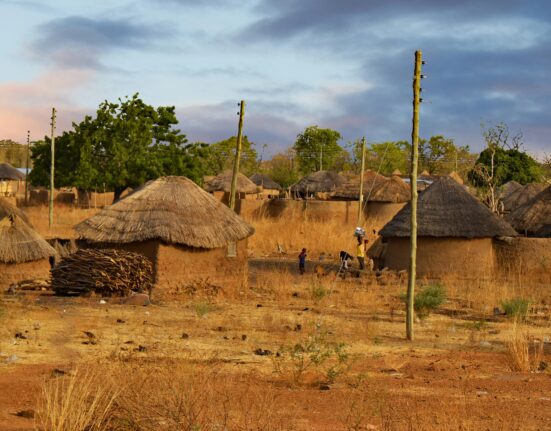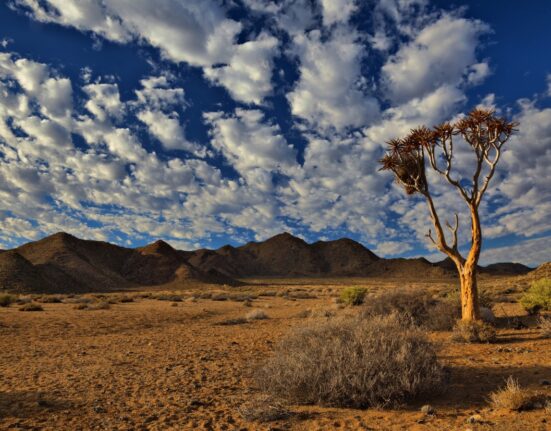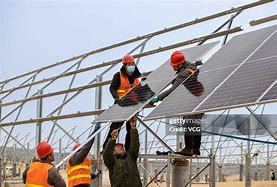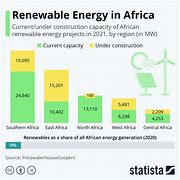In a groundbreaking move, the Bundesverband Energie Speicher Systeme eV (BVES) from Germany and the South African Energy Storage Association (SAESA) have officially forged a strategic partnership. This collaboration aims to propel the development and integration of energy storage technologies, not just within South Africa and Germany but across the entire African continent.
The signing of the Memorandum of Understanding (MoU) between BVES and SAESA marks a significant milestone in advancing clean energy solutions. According to Theo Fischer, a board member of SAESA, this agreement is set to drive progress in various aspects of energy storage technology. Fischer emphasized that one key focus area will be developing joint projects spanning different levels – from residential to municipal, commercial, industrial applications, as well as storage in transmission systems and power pool setups.
“This partnership sets the stage for leveraging each other’s strengths and expertise to facilitate a seamless transition towards cleaner energy,”
Fischer stated optimistically.
Urban Windelen, Executive Director of the Energy Storage Systems Association Germany, highlighted the allure of South Africa as an emerging market for energy storage solutions. He expressed enthusiasm about collaborating with South Africa at this pivotal stage of its energy transition journey. Windelen stressed the importance of regulatory adaptability alongside technological advancements for successful energy system transformations.
The MoU outlines key objectives such as promoting technology advancement, sharing best practices, advocating for supportive policies and regulations, fostering joint projects beneficial to both parties, and enabling cooperation among members. The synergy between South Africa’s rich renewable resources and Germany’s experience in hydrogen economies opens up avenues for diverse collaborative initiatives ranging from battery storage to hydrogen solutions.
Fischer underlined the need for ongoing engagement to explore synergistic projects that can harness renewable energies effectively. He pointed out that amidst challenges like load shedding in South Africa’s current grid landscape, future scenarios demand longer-duration storage solutions such as pumped hydro and compressed air technologies.
As experts envision a brave new world of energy storage opportunities on the horizon, stakeholders are gearing up to navigate this transformative landscape together. This collaboration not only paves the way for technological innovations but also underscores the importance of cross-border partnerships in driving sustainable energy transitions globally.









Leave feedback about this